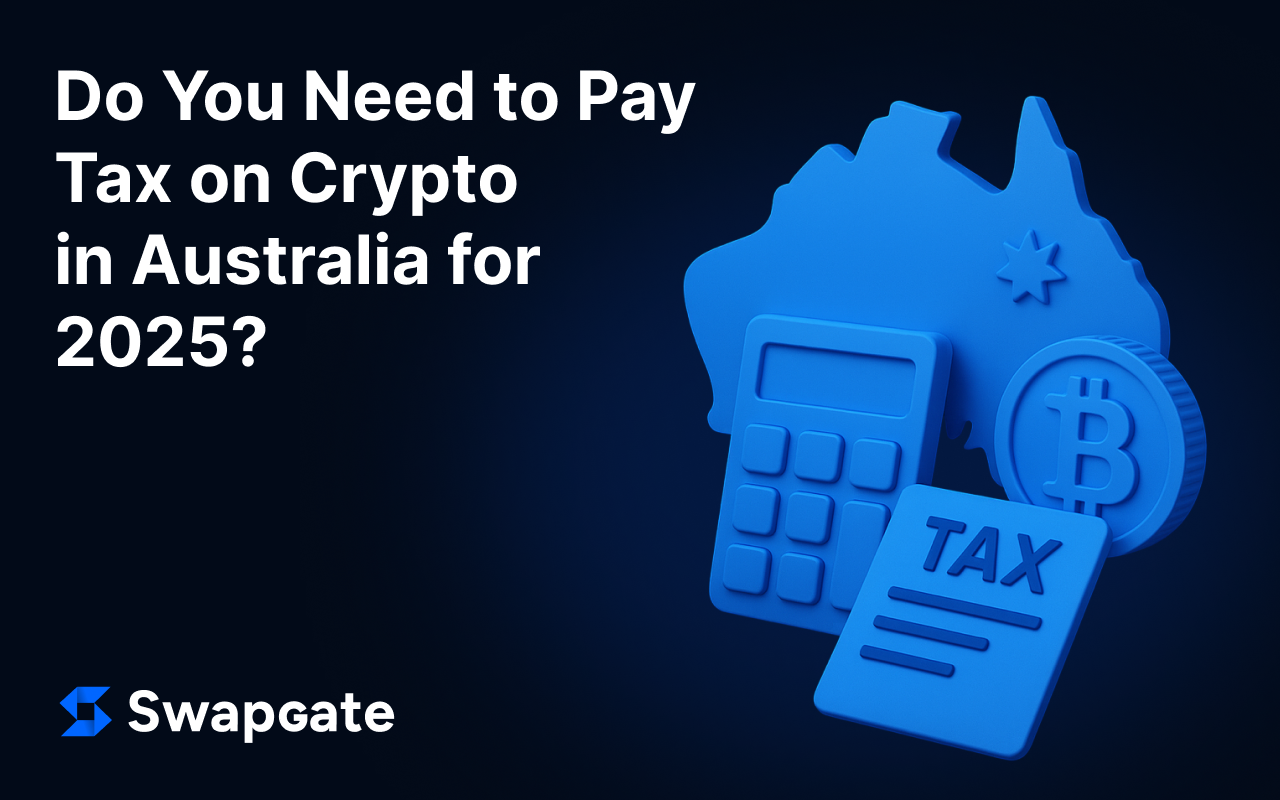
Australia likes to market itself as a “reg-tech sandbox,” yet the Tax Office still treats digital assets with old-fashioned rigor. Whether you are swing-trading Solana, staking Ether, or running an ASIC rig in Perth, the Australian Taxation Office (ATO) wants a piece of every assessable dollar. This crypto tax guide unpacks current law, highlights policy changes expected under Australia’s crypto regulations 2025, and—most important—answers the retail investor’s recurring question: do I pay tax on BTC in Australia?
Is Crypto Legal in Australia?
Yes. The Corporations Act now defines digital assets as a form of “intangible personal property,” and the Treasury’s March 2025 response to the Board of Taxation confirms that crypto will remain regulated under existing financial-services law rather than a bespoke regime. The same paper foreshadows a licensing framework for digital-asset platforms, to be consulted on later in the year. The Reserve Bank’s Project Acacia CBDC sandbox also signals that policymakers prefer integration over prohibition. In short, buying, selling, staking, or mining tokens is perfectly lawful—so long as taxes in Australia are paid.
Tax Categories for Crypto
Trading
When you buy Bitcoin and later swap it for fiat or another token, you trigger a capital-gains-tax (CGT) event. The ATO treats each disposal separately, with gains added to your assessable income. Hold the asset at least 12 months and you qualify for a 50 % CGT discount. Frequent traders who operate like a business may be taxed on revenue account instead of CGT.
Staking
Rewards received from proof-of-stake validators are ordinary income at market value on the day they land in your wallet, according to the ATO’s June 2025 staking guide. Later, when you dispose of those tokens, a second CGT event occurs; double-tax relief does not apply.
Mining
Block rewards and pool payouts are assessable income if you mine with an expectation of profit. You can deduct electricity, depreciation, and pool fees. Hobbyists operating at a loss still record revenue, but can offset expenses against it. If mined coins are held as trading stock, subsequent disposals fall under ordinary-income rules; if treated as capital assets, CGT applies.
Reporting Requirements
Australia uses self-assessment. You must declare crypto in Australia on your annual individual tax return (myTax) or business activity statement.
| Requirement | Individual investors | Traders / miners as business |
| Form | myTax CGT schedule (SA Item 18) | Business income schedule + CGT |
| Record-keeping | Keep invoices, wallet logs, CSV files for 5 years | Same, plus stock-on-hand valuation |
| Foreign platforms | Report even if the exchange is offshore; ATO receives data from CARF partners from 2027 | Ditto |
Failure to lodge accurate data can incur administrative penalties up to 75 % of the shortfall plus interest.
How to Calculate Taxes
- Reconstruct transactions: Export all wallet and exchange histories into a reconciliation tool (Koinly, CoinLedger).
- Identify CGT events: Sales, swaps, gifts, and purchases of goods.
- Apply cost base: Include purchase price, brokerage, and gas.
- Offset losses: Net capital losses can carry forward indefinitely to offset future gains.
- Apply 50 % discount: Only for assets held > 12 months.
- Add staking/mining income: Market value at receipt forms part of your salary-and-wages line; these amounts fall under BTC tax rules 2025 for ordinary income.
Example:
- You bought 0.5 BTC for AU$20 000 in March 2024.
- You sold it in August 2025 for AU$40 000.
- Gross gain = AU$20 000.
- Holding period > 12 months → discount gain = AU$10 000.
- Add AU$10 000 to taxable income for 2024-25.
Tips to Stay Compliant
- Separate wallets—Use one address for investments, another for staking pools.
- Snapshot staking income monthly—The ATO accepts reasonable estimates using average daily price.
- Back up records offline—ATO audits can look back five years; don’t rely on closed exchanges.
- GST caution—Crypto transactions are input-taxed; GST applies only if you provide other taxable supplies.
- Use tax-lot ID—FIFO is default, but specific-identification can minimize CGT if you track each coin’s history.
Advantages and Limitations of Australia’s Framework
| Advantage | Limitation |
| Clear classification: crypto = CGT asset | No de minimis threshold; even small disposals are reportable |
| 50 % discount after 12 months | Complicated double tax on staking (income + CGT) |
| Loss carry-forward indefinite | No specific staking allowance like the UK £3 000 CGT relief |
| CARF data sharing from 2027 will simplify pre-fill | Raises privacy concerns for on-chain activity |
Alternative Structures
- Self-managed super funds (SMSFs) can hold Bitcoin; CGT drops to 10 % after 12 months inside accumulation phase, and NIL in pension phase.
- Corporate trading entity can access lower 25 % company tax rate, but franked dividends then face shareholder tax.
- Tokenised trust wrappers are emerging, but legal clarity awaits the Digital Asset Platform legislation expected late 2025.
Summary
Cryptocurrency is legal in Australia, and the ATO treats it as property. Every trade, swap, stake, and mined coin is potentially taxable under crypto taxes in Australia. If you catch yourself asking, “How exactly do I pay tax on BTC in Australia?” remember the rule-of-thumb: gains are CGT, rewards are income, and everything is reportable. Upcoming Australia crypto regulations 2025 will tighten licensing but leave tax principles mostly intact: you must track cost bases, apply discounts, and record every disposal under Australian BTC tax rules 2025. Whether your revenue comes from DeFi yields or proof-of-work, treat tax on your BTC income like salary—declare it, archive the paperwork, and sleep soundly knowing the next bull-run profits are yours to keep.